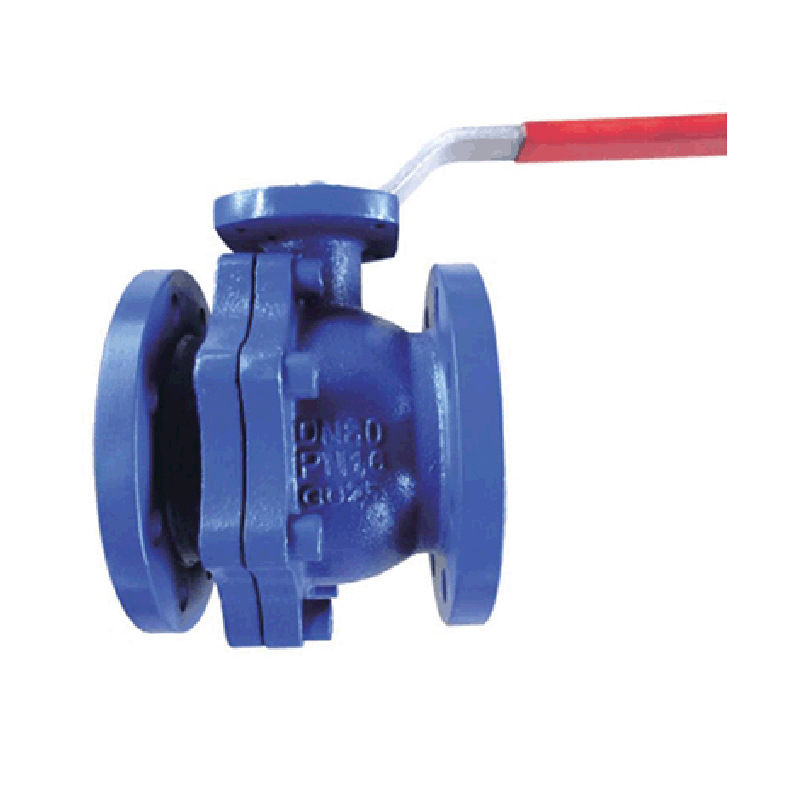നവം . 06, 2024 20:54 Back to list
Exploring the Functionality and Applications of Gate Valves and Os&Y Design
Understanding Gate Valves An Overview of their Function and Applications
Gate valves are a crucial component in various industrial applications where the control and regulation of fluid flow are paramount. These valves are primarily designed to operate in a fully open or fully closed position, providing minimal resistance to flow when fully open. Their structure and functionality make them indispensable in pipelines transporting liquids and gases. This article delves into the operation, types, benefits, and applications of gate valves, specifically focusing on their OS&Y (Outside Screw and Yoke) design.
What is an OS&Y Gate Valve?
The OS&Y gate valve features an external screw and yoke mechanism that allows for effective line operation. This design is characterized by a visible stem that indicates whether the valve is open or closed. When the valve is opened, the stem moves up, while closing the valve brings it down. This clear visibility adds an advantage in quickly assessing the valve's status, a feature particularly useful in emergency situations.
In an OS&Y gate valve, the stem is located outside the valve body, which prevents the stem from being submerged in the fluid being controlled. This design helps minimize wear and corrosion, as the exposed stem is less likely to experience degradation compared to submerged alternatives. As a result, OS&Y gate valves are often used in water supply systems, fire protection systems, and various industrial applications.
Structure and Operation
The OS&Y gate valve operates using a wedge mechanism for sealing. A wedge-shaped disc is positioned between two seats in the valve body. When the valve is in the closed position, the wedge is tightly pressed against the seats, preventing any flow of fluid. The advantage of this design is that it provides a tight seal and reduces the chances of leakage when the valve is closed.
To open the valve, the operator turns the handwheel which moves the stem upward. This lifts the wedge disc away from the seat, allowing fluid to flow freely through the valve. The simplicity of the opening and closing mechanism enables gate valves to handle high pressure without issues, making them suitable for demanding conditions.
Benefits of OS&Y Gate Valves
gate valve os&y

1. Low Fluid Resistance One of the primary advantages of gate valves is that they provide a smooth bore for fluid to pass through, resulting in minimal turbulence and pressure loss. This feature makes them ideal for pipelines where maintaining flow efficiency is crucial.
2. Durability OS&Y gate valves are constructed from materials that can withstand corrosive environments, high pressures, and varying temperatures. Common materials include brass, stainless steel, and carbon steel.
3. Clear Indication of Position The external stem and yoke design offer a straightforward visual indicator of whether the valve is open or closed. This characteristic simplifies monitoring and management for operators.
4. Minimal Maintenance With fewer moving parts compared to other types of valves, OS&Y gate valves require less maintenance and inspection. However, regular checks are still necessary to ensure optimal performance.
Applications
Due to their reliable performance and practical design, OS&Y gate valves are widely used in various industries
- Water Supply Systems They are integral to municipal water pipelines, ensuring optimal flow control and distribution. - Fire Protection OS&Y gate valves are essential components in fire protection systems, allowing for rapid access to the water supply during emergencies. - Oil and Gas These valves are frequently found in oil refineries and natural gas transmission systems, providing necessary control over the high-pressure flow of these resources.
- Power Generation In power plants, gate valves play a critical role in managing the flow of coolant, steam, and other process fluids.
In conclusion, OS&Y gate valves are vital components in various sectors, ensuring efficient flow control and reliable operation across numerous applications. Their robust design, coupled with ease of operation and maintenance, makes them a preferred choice in fluid management systems worldwide. Understanding their function and applications can significantly enhance how industries manage their fluid control needs, ultimately contributing to operational efficiency and safety.
Share
-
Reliable Wafer Type Butterfly Valves for Every IndustryNewsJul.25,2025
-
Reliable Flow Control Begins with the Right Ball Check ValveNewsJul.25,2025
-
Precision Flow Control Starts with Quality ValvesNewsJul.25,2025
-
Industrial Flow Control ReliabilityNewsJul.25,2025
-
Engineered for Efficiency Gate Valves That Power Industrial PerformanceNewsJul.25,2025
-
Empowering Infrastructure Through Quality ManufacturingNewsJul.25,2025